Naoki Katoh - Sublinear Computation Paradigm: Algorithmic Revolution in the Big Data Era
Here you can read online Naoki Katoh - Sublinear Computation Paradigm: Algorithmic Revolution in the Big Data Era full text of the book (entire story) in english for free. Download pdf and epub, get meaning, cover and reviews about this ebook. year: 2021, publisher: Springer, genre: Children. Description of the work, (preface) as well as reviews are available. Best literature library LitArk.com created for fans of good reading and offers a wide selection of genres:
Romance novel
Science fiction
Adventure
Detective
Science
History
Home and family
Prose
Art
Politics
Computer
Non-fiction
Religion
Business
Children
Humor
Choose a favorite category and find really read worthwhile books. Enjoy immersion in the world of imagination, feel the emotions of the characters or learn something new for yourself, make an fascinating discovery.
- Book:Sublinear Computation Paradigm: Algorithmic Revolution in the Big Data Era
- Author:
- Publisher:Springer
- Genre:
- Year:2021
- Rating:4 / 5
- Favourites:Add to favourites
- Your mark:
Sublinear Computation Paradigm: Algorithmic Revolution in the Big Data Era: summary, description and annotation
We offer to read an annotation, description, summary or preface (depends on what the author of the book "Sublinear Computation Paradigm: Algorithmic Revolution in the Big Data Era" wrote himself). If you haven't found the necessary information about the book — write in the comments, we will try to find it.
The sublinear computation paradigm is proposed here in order to support innovation in the big data era. A foundation of innovative algorithms has been created by developing computational procedures, data structures, and modelling techniques for big data. The project is organized into three teams that focus on sublinear algorithms, sublinear data structures, and sublinear modelling. The work has provided high-level academic research results of strong computational and algorithmic interest, which are presented in this book.
The book consists of five parts: Part I, which consists of a single chapter on the concept of the sublinear computation paradigm; Parts II, III, and IV review results on sublinear algorithms, sublinear data structures, and sublinear modelling, respectively; Part V presents application results. The information presented here will inspire the researchers who work in the field of modern algorithms.
Naoki Katoh: author's other books
Who wrote Sublinear Computation Paradigm: Algorithmic Revolution in the Big Data Era? Find out the surname, the name of the author of the book and a list of all author's works by series.

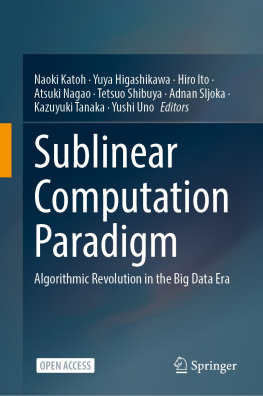
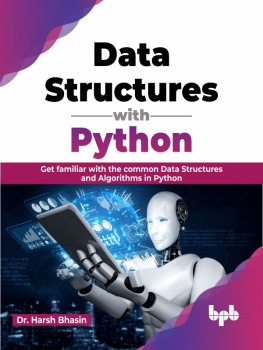
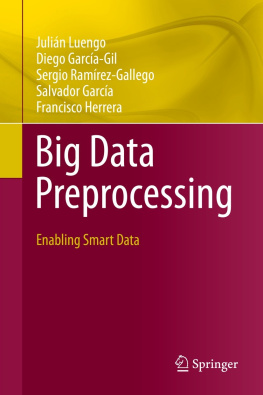


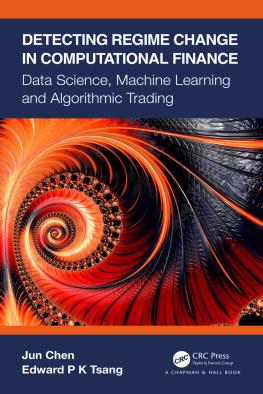
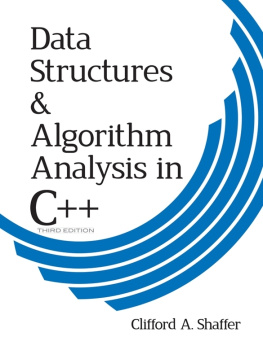

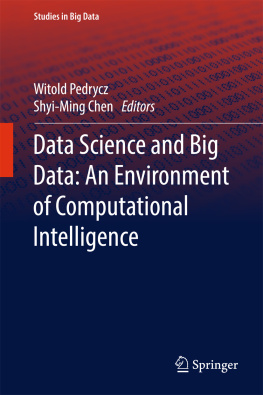
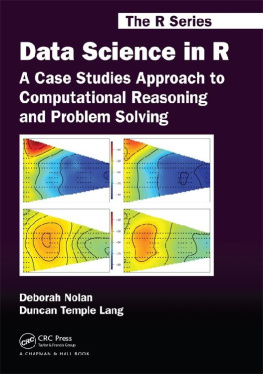




 -time algorithm to a petabyte-scale or larger big data set, we will encounter problems in terms of computational resources or running time. To deal with this critical computational and algorithmic bottleneck, we require linear, sublinear, and constant-time algorithms. In this project, which ran from October 2014 to September 2021, we have proposed the sublinear computation paradigm in order to support innovation in the big data era. We have created a foundation of innovative algorithms by developing computational procedures, data structures, and modeling techniques for big data. The project is organized into three teams that focus on sublinear algorithms, sublinear data structures, and sublinear modeling. Our work has provided high-level academic research results of strong computational and algorithmic interest, which are presented in this book.
-time algorithm to a petabyte-scale or larger big data set, we will encounter problems in terms of computational resources or running time. To deal with this critical computational and algorithmic bottleneck, we require linear, sublinear, and constant-time algorithms. In this project, which ran from October 2014 to September 2021, we have proposed the sublinear computation paradigm in order to support innovation in the big data era. We have created a foundation of innovative algorithms by developing computational procedures, data structures, and modeling techniques for big data. The project is organized into three teams that focus on sublinear algorithms, sublinear data structures, and sublinear modeling. Our work has provided high-level academic research results of strong computational and algorithmic interest, which are presented in this book.